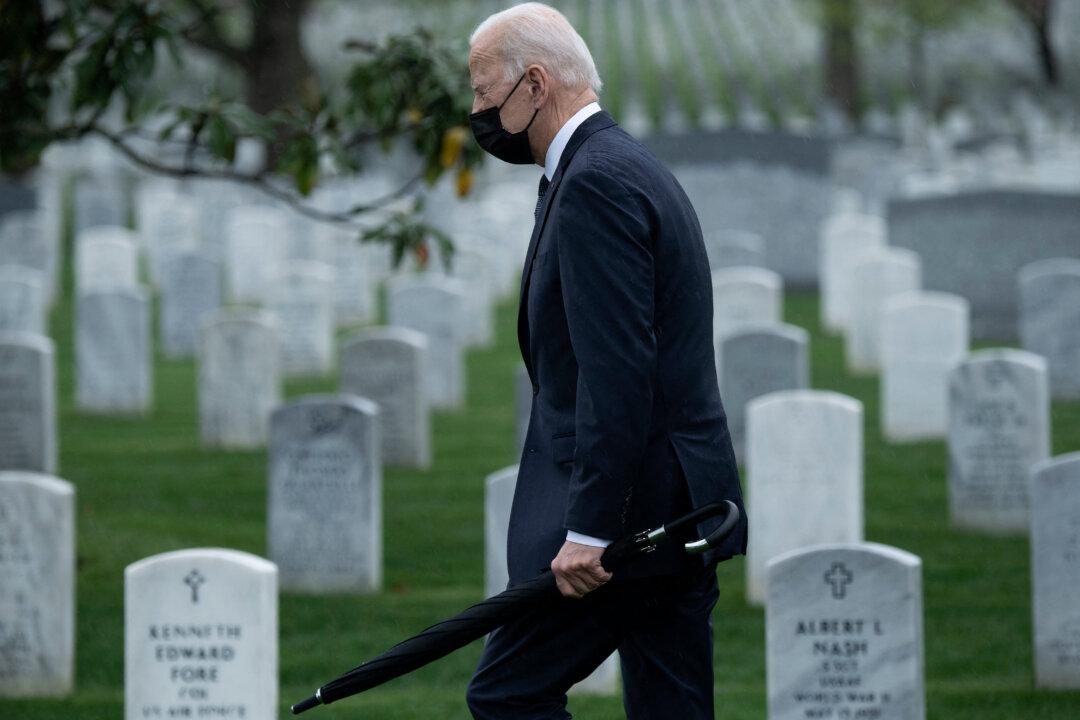Commentary
Soon Afghanistan will become a Taliban-run state. It will not be a bed of roses. There have already been executions of serving Afghan military personnel and the beginning of taking away the rights of women. It will get worse. But we need to ask the question: Why did we lose the fight?





